Last year I got a chance to participate in a Sonnets 2016 project organized by Alexandra Franklin, coordinator of the Bodleian's Centre for the Study of the Book in Oxford, commemorating the 400th anniversary of William Shakespeare's death.
At the beginning of 2016, the Bodleian invited printers around the world to submit hand-printed copies of each of Shakespeare's 154 sonnets - a cycle of 154 short, 14-line poems first published in 1609, where William Shakespeare meditated on themes of love, death, and desire. Each printer had to choose sonnet and all 154 hand-printed works, in various languages, were added to the permanent collection and I'm proud to be amongst them.
"The Bodleian Library is one of the oldest libraries in Europe, and in Britain is second in size only to the British Library with over 12 million printed items. Since 1602, under the patronage of Sir Thomas Bodley (1545–1613), it has expanded over the last 150 years, to keep pace with the ever-growing accumulation of books, papers and other materials, but the core of the old buildings has remained intact.
The Bodleian has a long-standing commitment to preserving the craft of hand-press printing. The Bodleian Bibliography Room, based in the Old Schools Quadrangle is a hand-press printing workshop that offers workshops to schools, visiting groups and members of the public."
After receiving the list of 154 sonnets, I've chosen the Sonnet n° 38:
William Shakespeare (1564 - 1616)
How can my muse want subject to invent,
While thou dost breathe, that pour'st into my verse
Thine own sweet argument, too excellent
For every vulgar paper to rehearse?
O! give thy self the thanks, if aught in me
Worthy perusal stand against thy sight;
For who's so dumb that cannot write to thee,
When thou thy self dost give invention light?
Be thou the tenth Muse, ten times more in worth
Than those old nine which rhymers invocate;
And he that calls on thee, let him bring forth
Eternal numbers to outlive long date.
If my slight muse do please these curious days,
The pain be mine, but thine shall be the praise.
which I decided to typeset in Armenian, Russian and English. Finding the Russian translation of the sonnet was easy, but sourcing an Armenian translation while living in Belgium was a bit challenging. Luckily I got help from a friend who is teaching at the Yerevan Brusov State University of Languages and Social Sciences (ARM). She looked it up in the university library archives and provided the qualitative Armenian translation of Shakespeare's sonnet.
click to enlarge
So now the typesetting could begin! Soon realising that it would be impossible to typeset the Armenian text in metal type I opted for a polymer plate (I'm not really fond of it, but there was no other option).
It was set in Nour typeface designed by Hrant Papazian, an Armenian type designer living in the USA. Moving on to the Russian part I got help from Patrick Goossens, who kindly provided Cyrillic metal type freshly cast on Monotype type caster. Although the quality of type was great, there were a few characters missing and due to some hiccups during the typecasting process and the lack of time, the whole idea of typesetting text in metal was soon abandoned. At the end, I've used wood type and combined it with various polymer plates, which Jo from the MIAT helped me to produce.

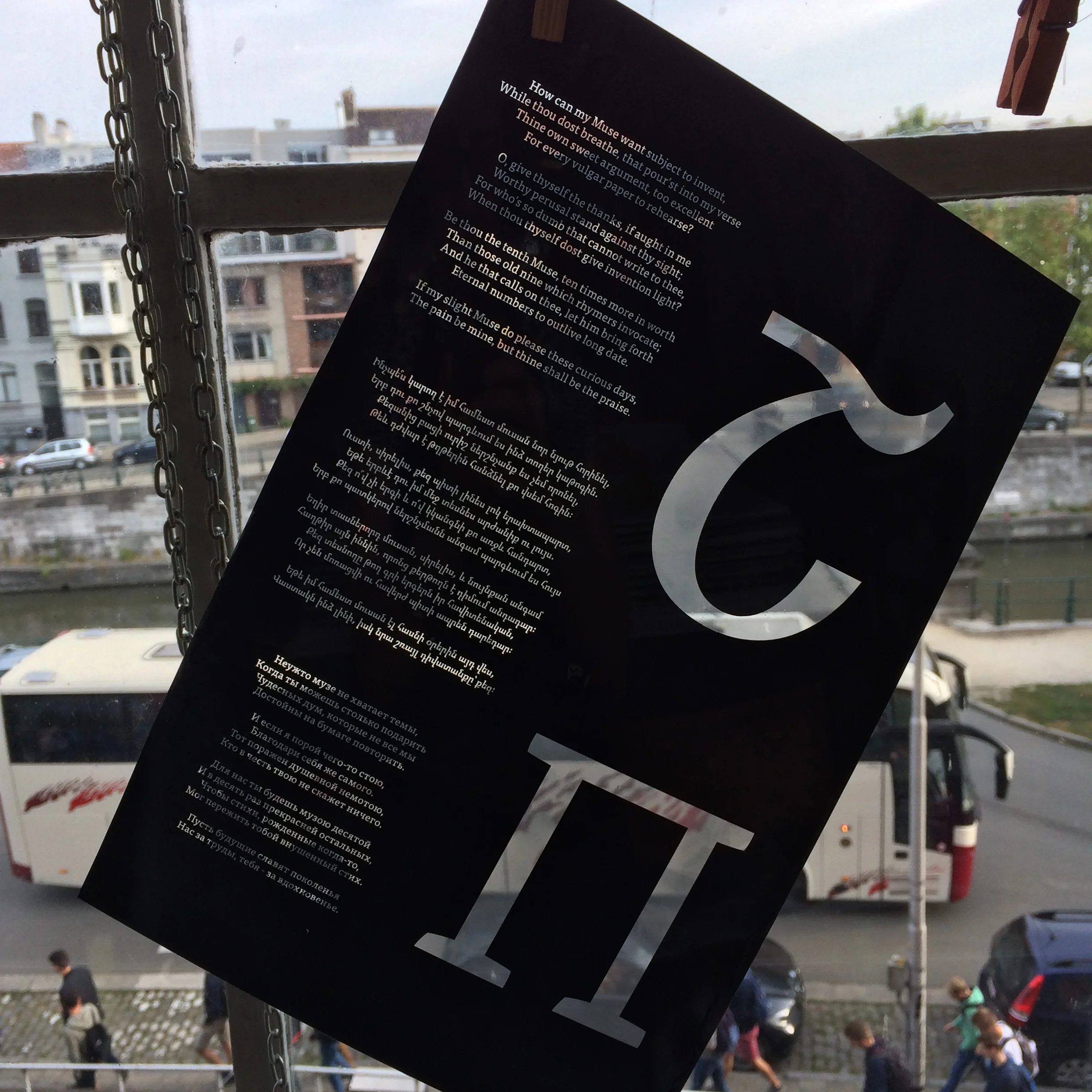
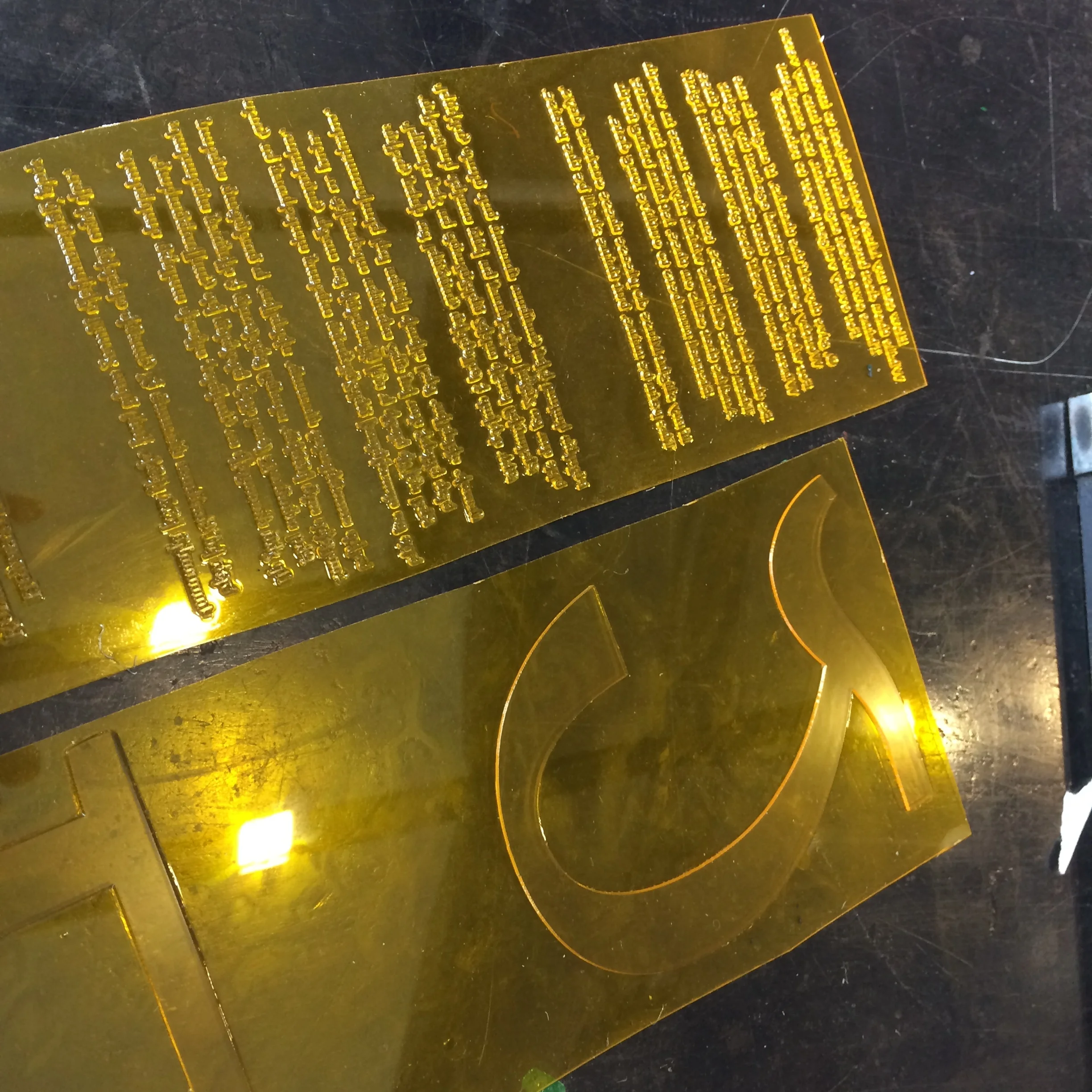
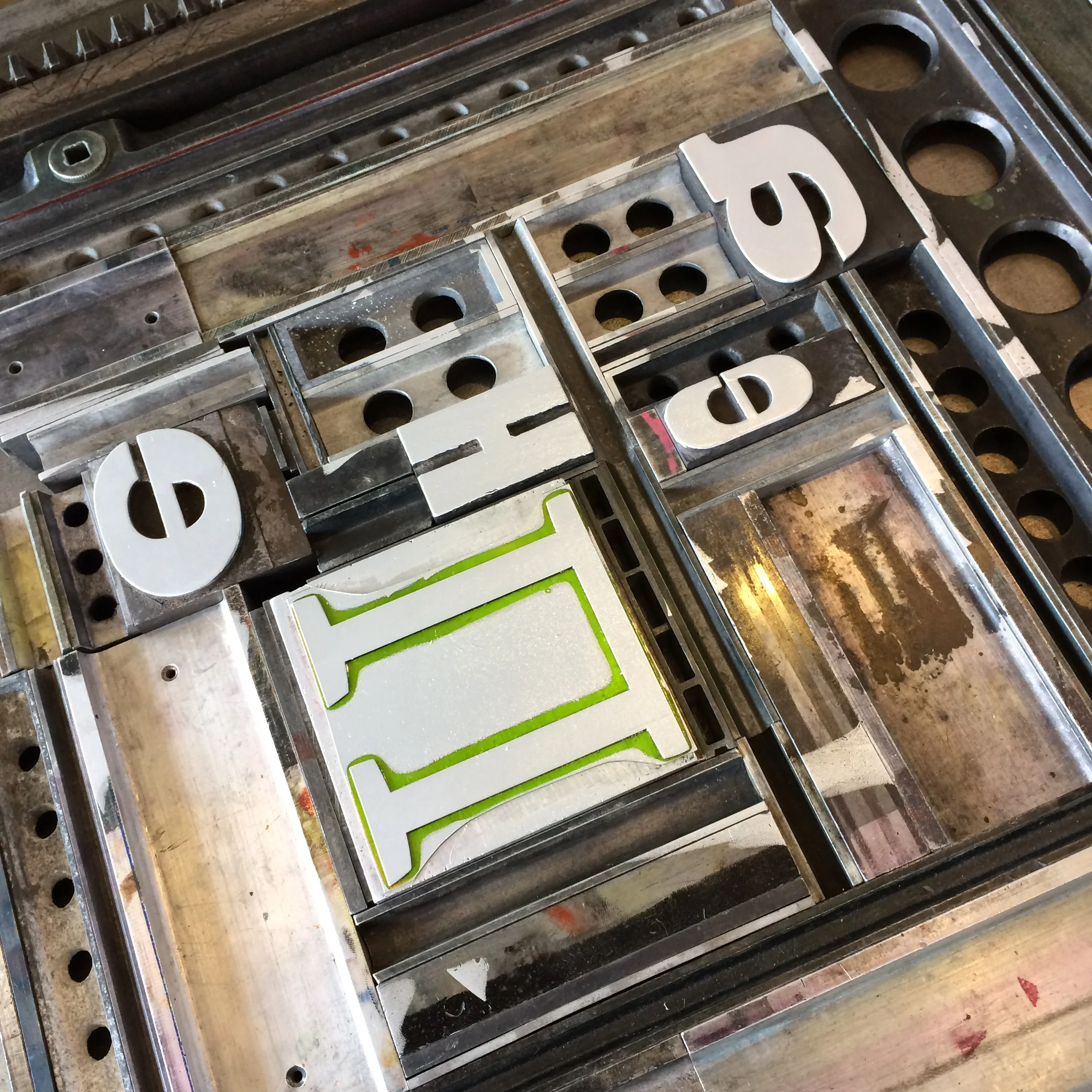

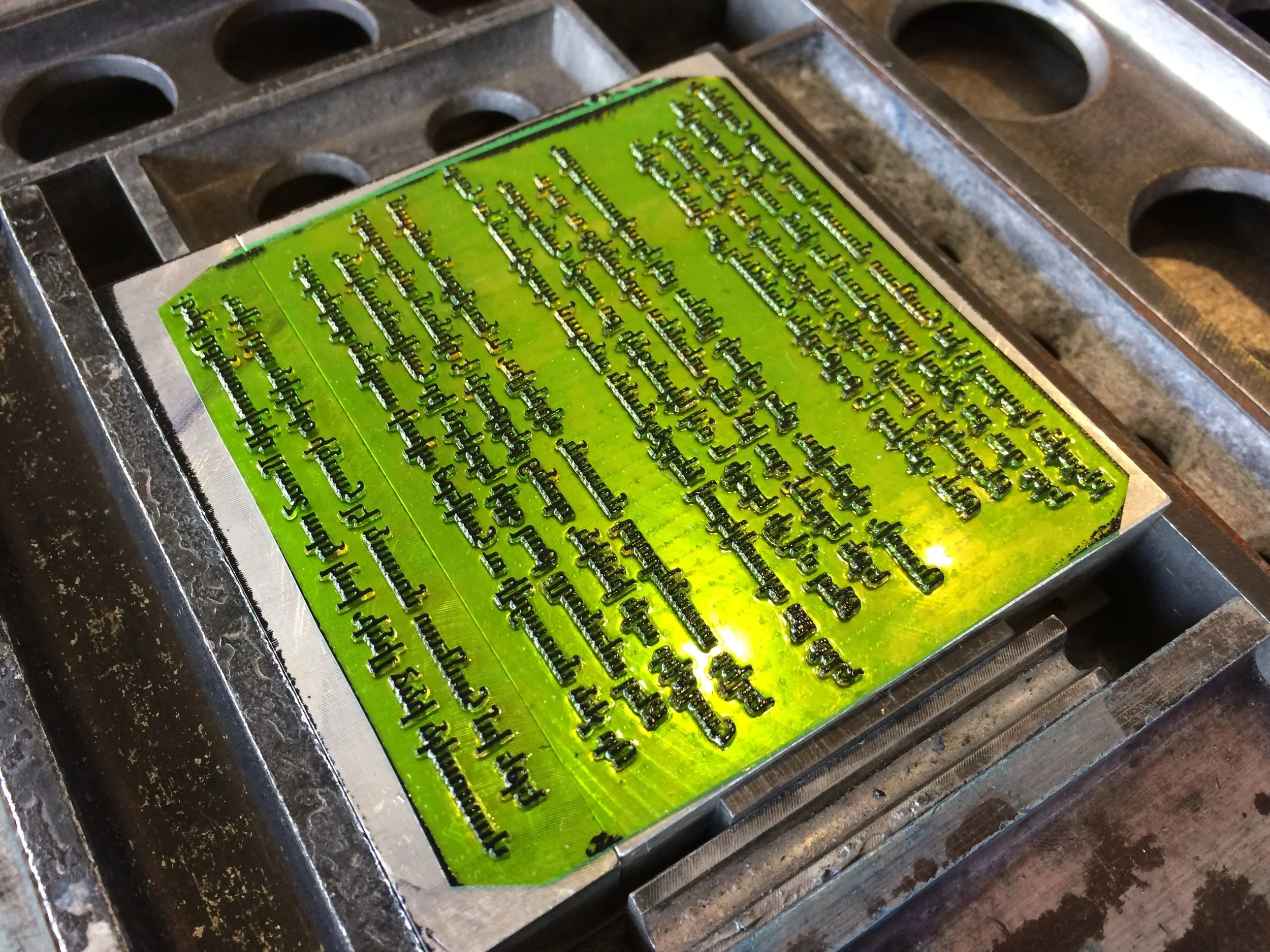

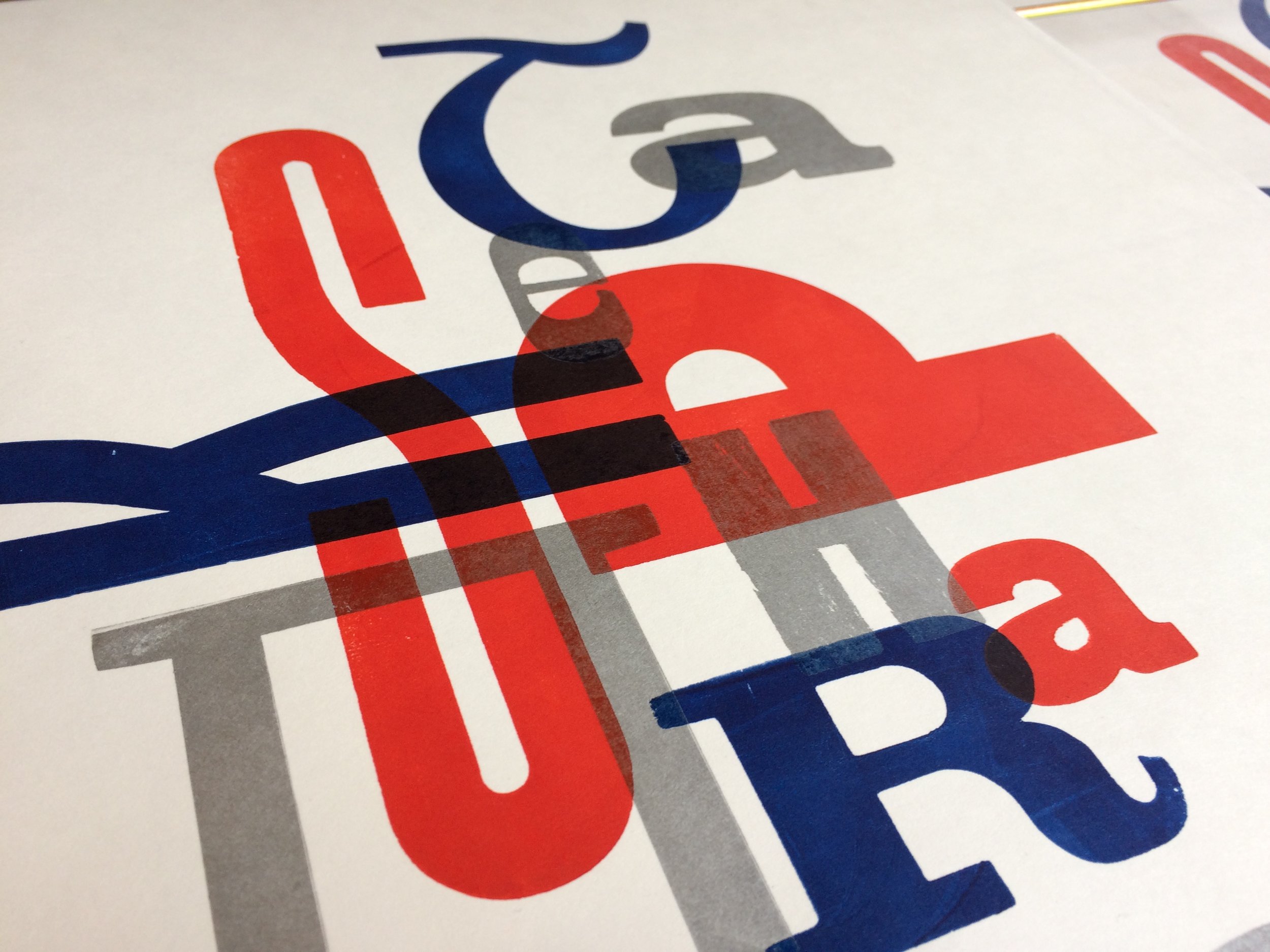
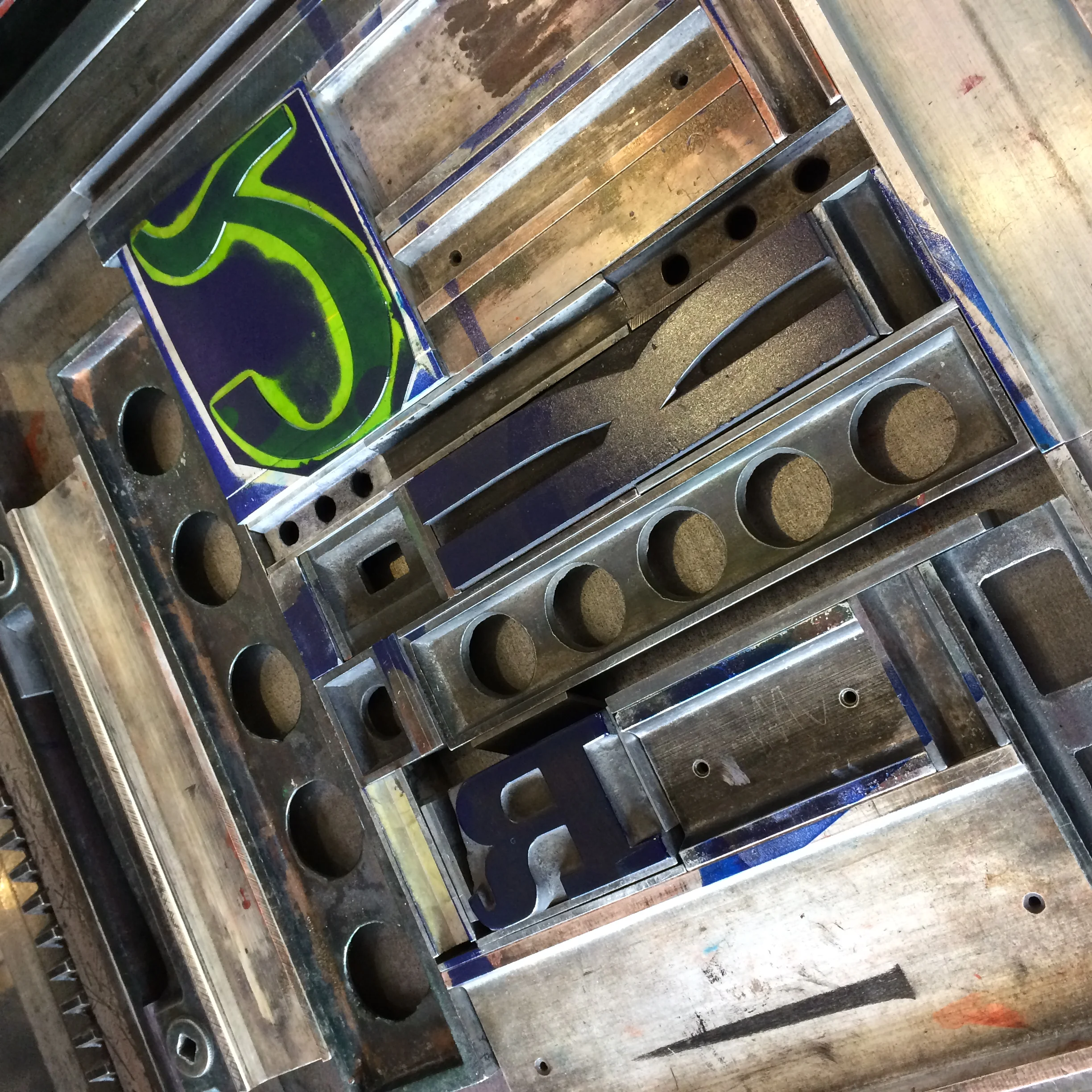
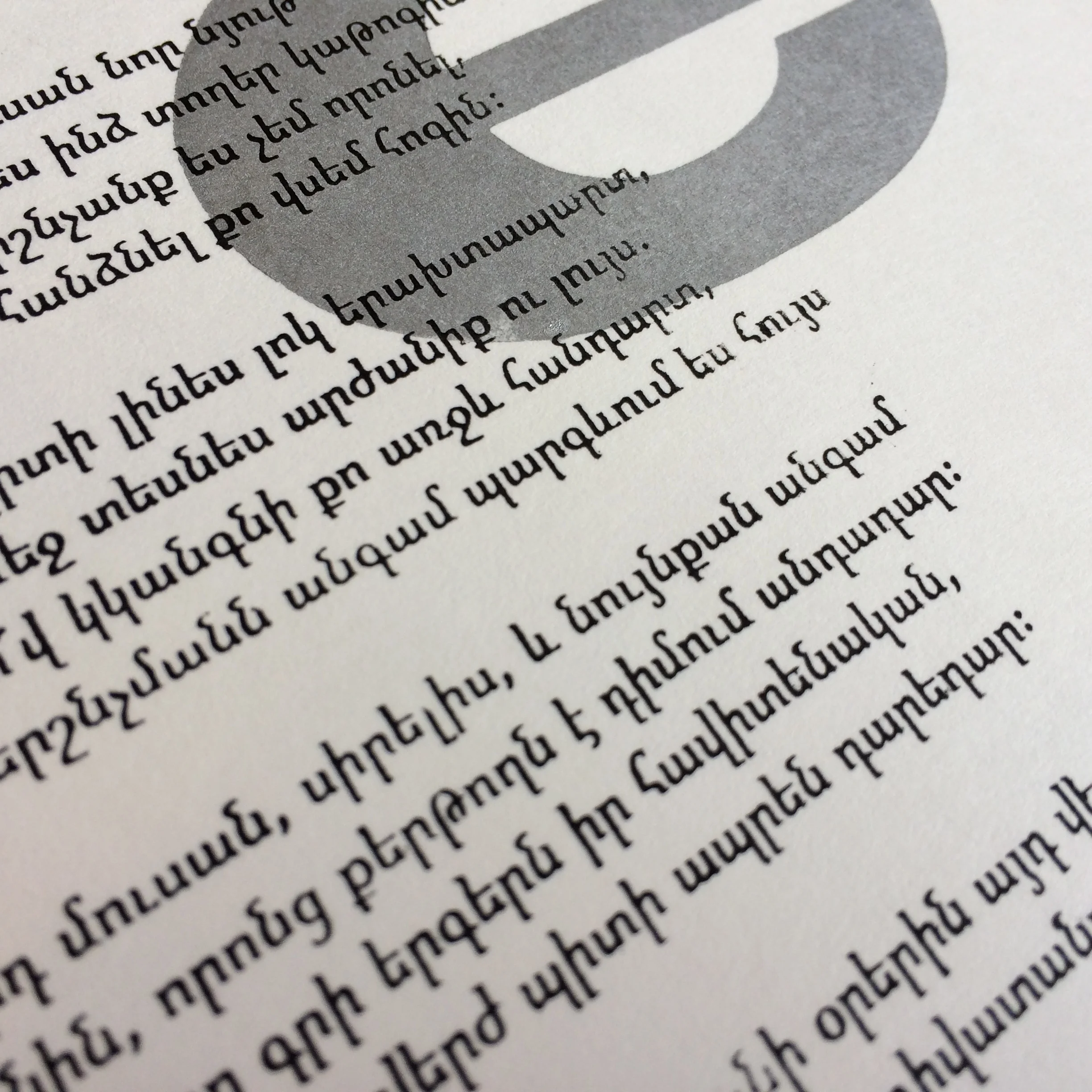

20 pieces were printed in 4 colors, one of them headed to Bodleian Library and is added to the permanent collection. And another was sent to the Yerevan Brusov State University of Languages and Social Sciences where it has been framed and is currently serves as decoration on one of the library's wall :)
you might also like
Bodleian event celebrates sonnets in Shakespeare's anniversary year.
